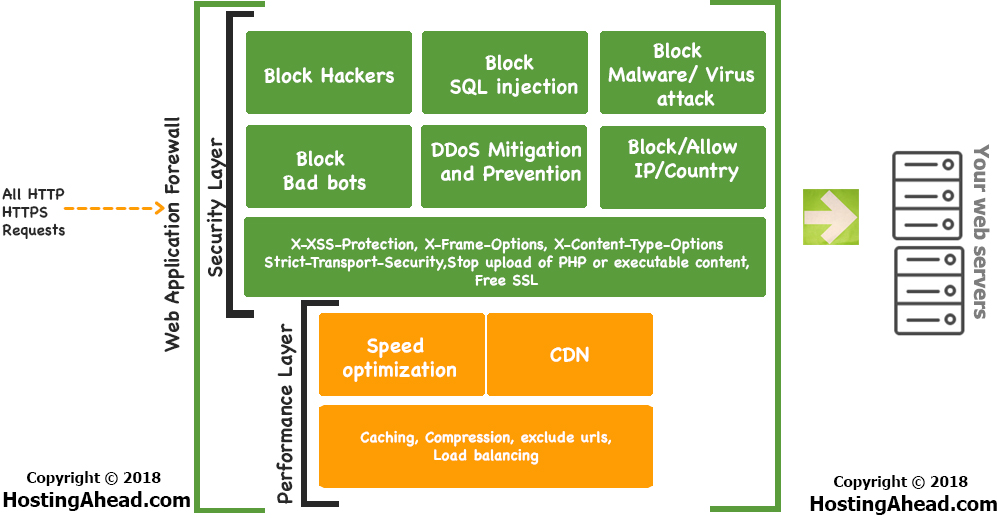
 One rule with Allow action (to stop executing other firewall rules).
One rule with Allow action (to stop executing other firewall rules).  One rule with Bypass action (selecting all security products). With Firewall Rules, if you wanted to stop running all security products for a given request, you would create two rules: The Bypass action is designed to specify which security products (such as WAF managed rules, rate limiting rules, and User Agent Blocking) should not run on the request triggering the action.
One rule with Bypass action (selecting all security products). With Firewall Rules, if you wanted to stop running all security products for a given request, you would create two rules: The Bypass action is designed to specify which security products (such as WAF managed rules, rate limiting rules, and User Agent Blocking) should not run on the request triggering the action. 
When a request triggers Allow, all remaining firewall rules are not evaluated, effectively allowing the request to continue to the next security product. These actions are commonly used for handling known legitimate requests - for example, requests coming from trusted IP addresses. New Skip action replacing both Allow and Bypass actionsįirewall Rules support the Allow and Bypass actions, often used together. You must use the Rulesets API to manage this new feature. Custom block response configurations will not be returned by the Firewall Rules API. If you need to send a custom response for Block actions, configure the custom rule to return a fixed response with a custom response code (403, by default) and a custom body (HTML, JSON, XML, or plain text). The default block response is a Cloudflare standard HTML page. In WAF custom rules you can customize the response of the Block action.
New API and Terraform resources Improved response for Block action. New Skip action replacing both Allow and Bypass actions. The main differences between firewall rules and WAF custom rules are the following: Reach out to your account team which will help you migrate your firewall rules to custom rules. Note for early adoptersIf you were among the users who got early access to Custom Rules before December 2022, you might still have both firewall rules and WAF custom rules running in parallel.







 0 kommentar(er)
0 kommentar(er)
